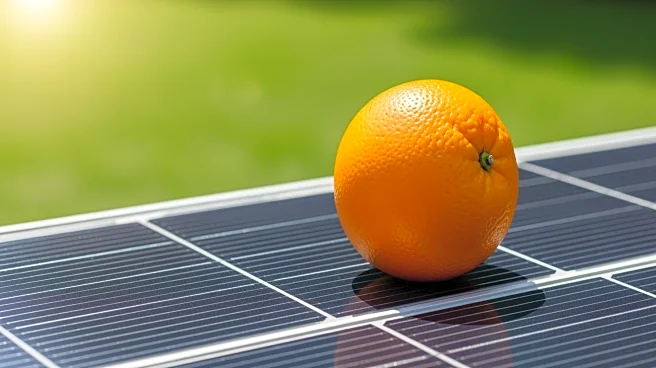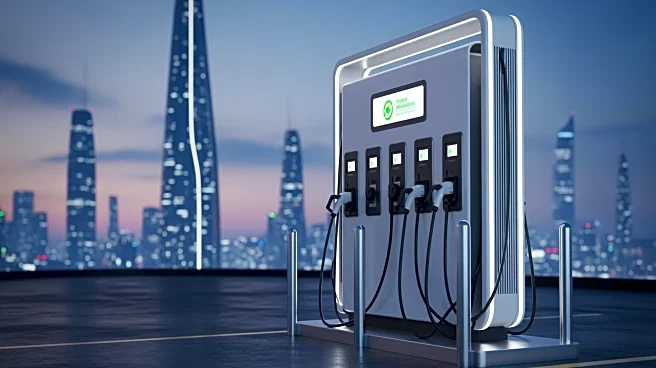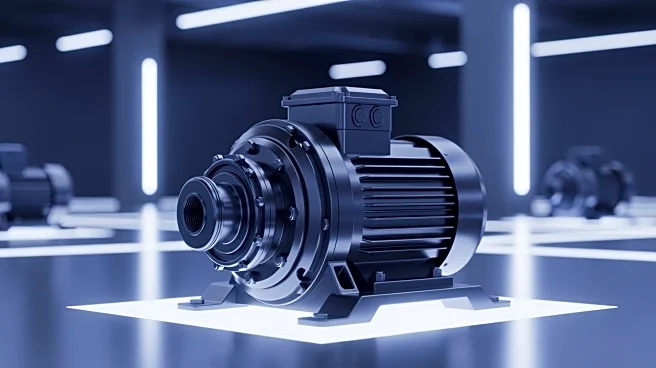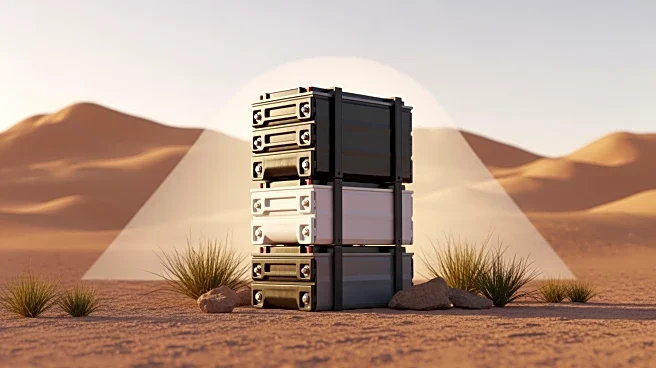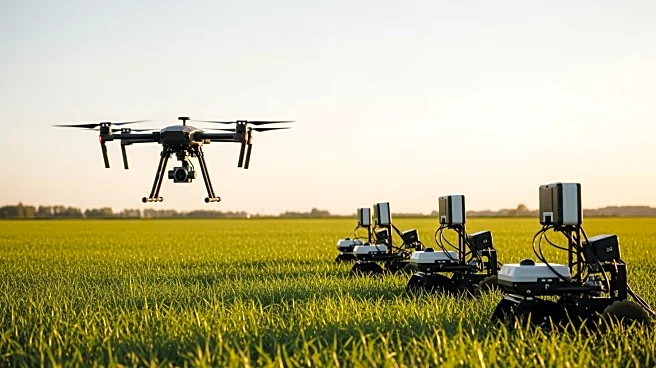What's Happening?
Tropicana, in collaboration with DDB Paris, created a unique advertising campaign that utilized oranges to power a billboard. This innovative project, unveiled in 2011, involved wiring 2,500 oranges with zinc and copper spikes to create a low-voltage
circuit. The combined power from the oranges was sufficient to illuminate the billboard's text, effectively turning fruit into a source of electricity. This campaign was designed to highlight Tropicana's brand promise of natural energy, using a creative and literal approach to demonstrate vitality. The project not only lit up the billboard but also filled the surrounding area with the scent of citrus, adding an olfactory dimension to the visual experience.
Why It's Important?
This campaign is significant as it showcases the potential of using natural resources in innovative ways to create sustainable energy solutions. By using oranges to power a billboard, Tropicana and DDB Paris highlighted the possibilities of eco-friendly advertising and the broader implications for renewable energy use. This project serves as an example of how creativity and technical expertise can combine to produce environmentally conscious marketing strategies. It also underscores the importance of exploring alternative energy sources in a world increasingly focused on sustainability and reducing carbon footprints.
What's Next?
The success of Tropicana's orange-powered billboard could inspire other companies to explore similar eco-friendly advertising methods. As industries continue to seek sustainable practices, there may be increased interest in using natural and renewable resources for marketing and other applications. This could lead to further innovations in the advertising sector and beyond, as businesses look to align with consumer demand for environmentally responsible practices.
Beyond the Headlines
The project also raises questions about the scalability of such initiatives and their potential impact on the advertising industry. While the use of oranges in this context was symbolic, it prompts consideration of how other natural resources might be harnessed for energy in practical applications. Additionally, it highlights the role of creativity in addressing environmental challenges, suggesting that imaginative approaches can lead to meaningful contributions to sustainability efforts.
